
 Department of Design and Construction311
Department of Design and Construction311 Search all NYC.gov websites
Search all NYC.gov websites
2018 DDC Calendar
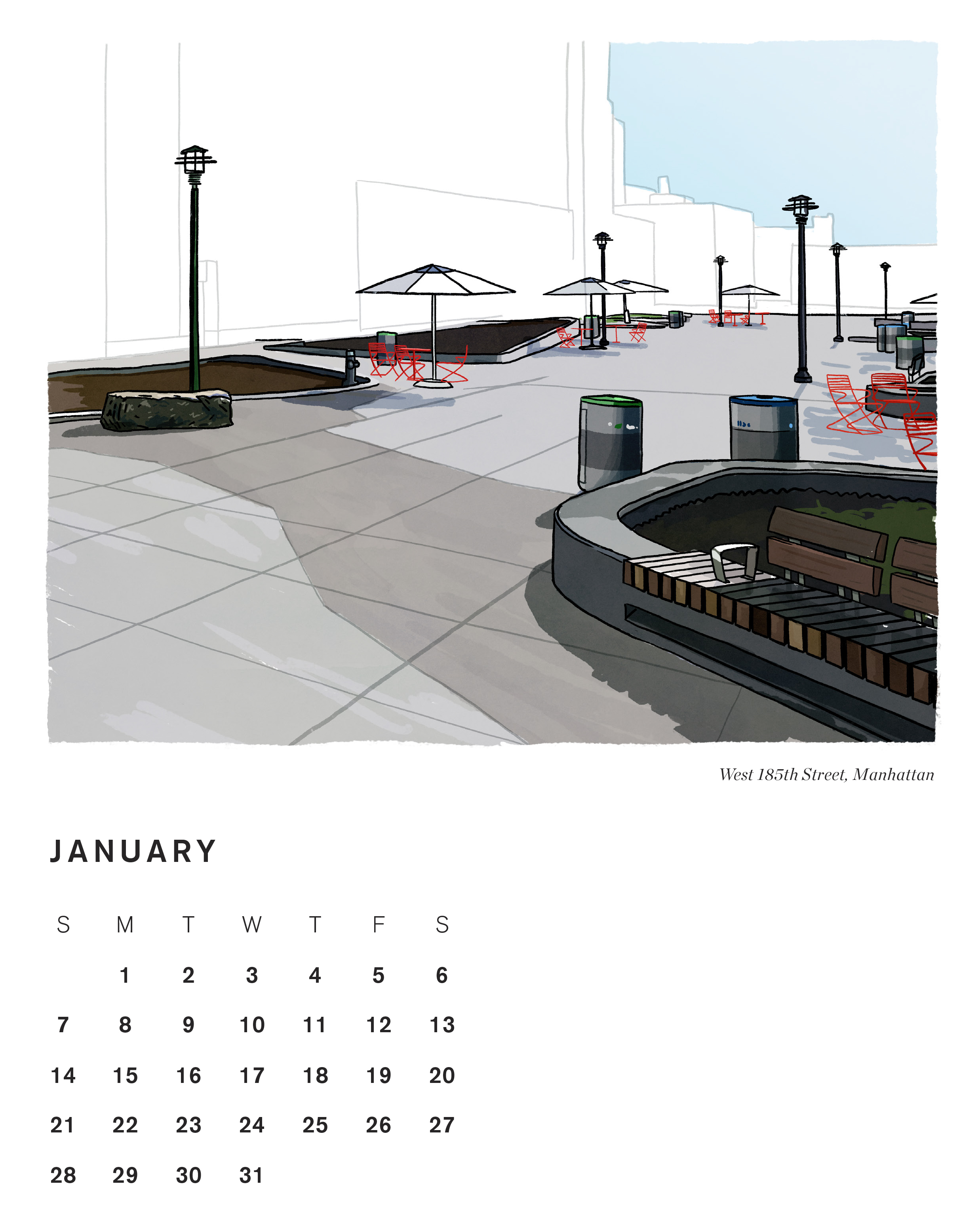
DDC continues to create a more sustainable, resilient, and equitable New York City, from renovating renowned historic and cultural institutions, investing in sustainable green infrastructure, to rebuilding sidewalks, streets, and other public spaces. Check out some of our highlights in this year’s calendar!
Infrastructure Updates for Day-to-Day Life
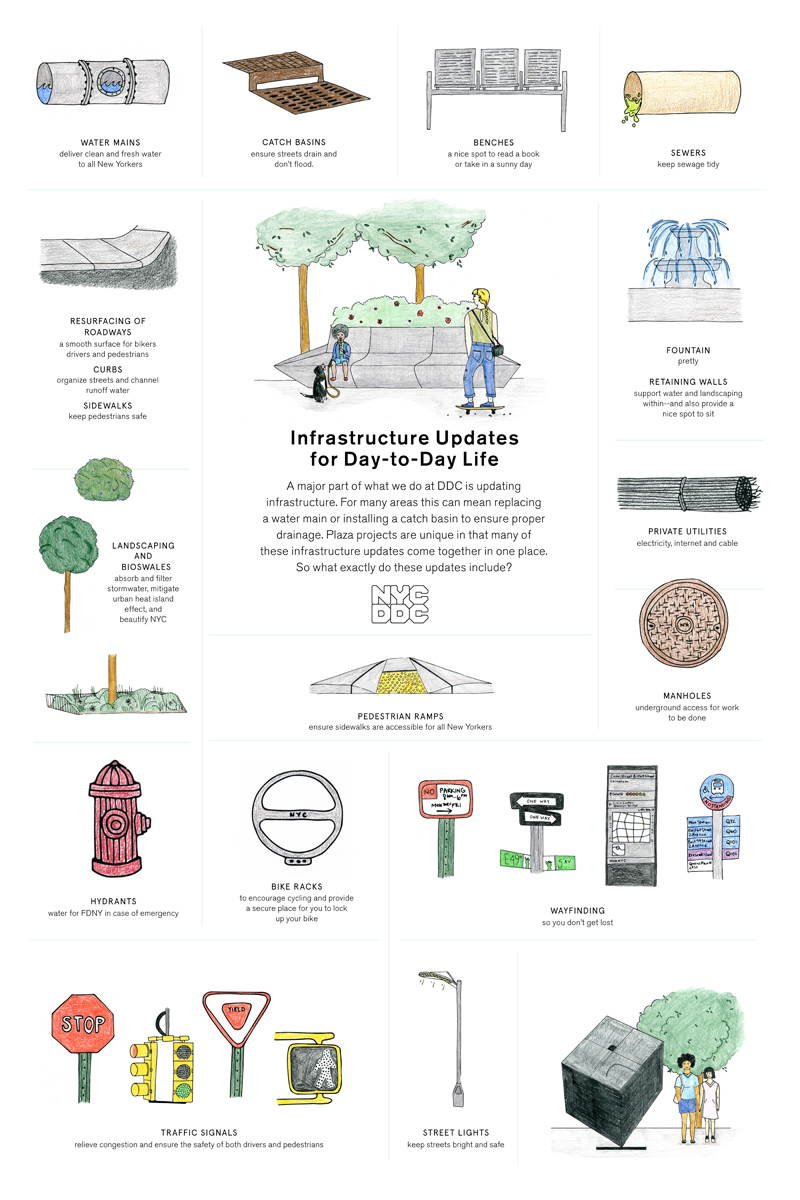
A major part of what we do at DDC is updating infrastructure. For many areas this can mean replacing a fire hydrant, for fire safety, or installing a catch basin, to ensure proper drainage. Plaza projects are unique in that many of these infrastructure updates come together in one place. Learn what these updates might include.
Memory Game
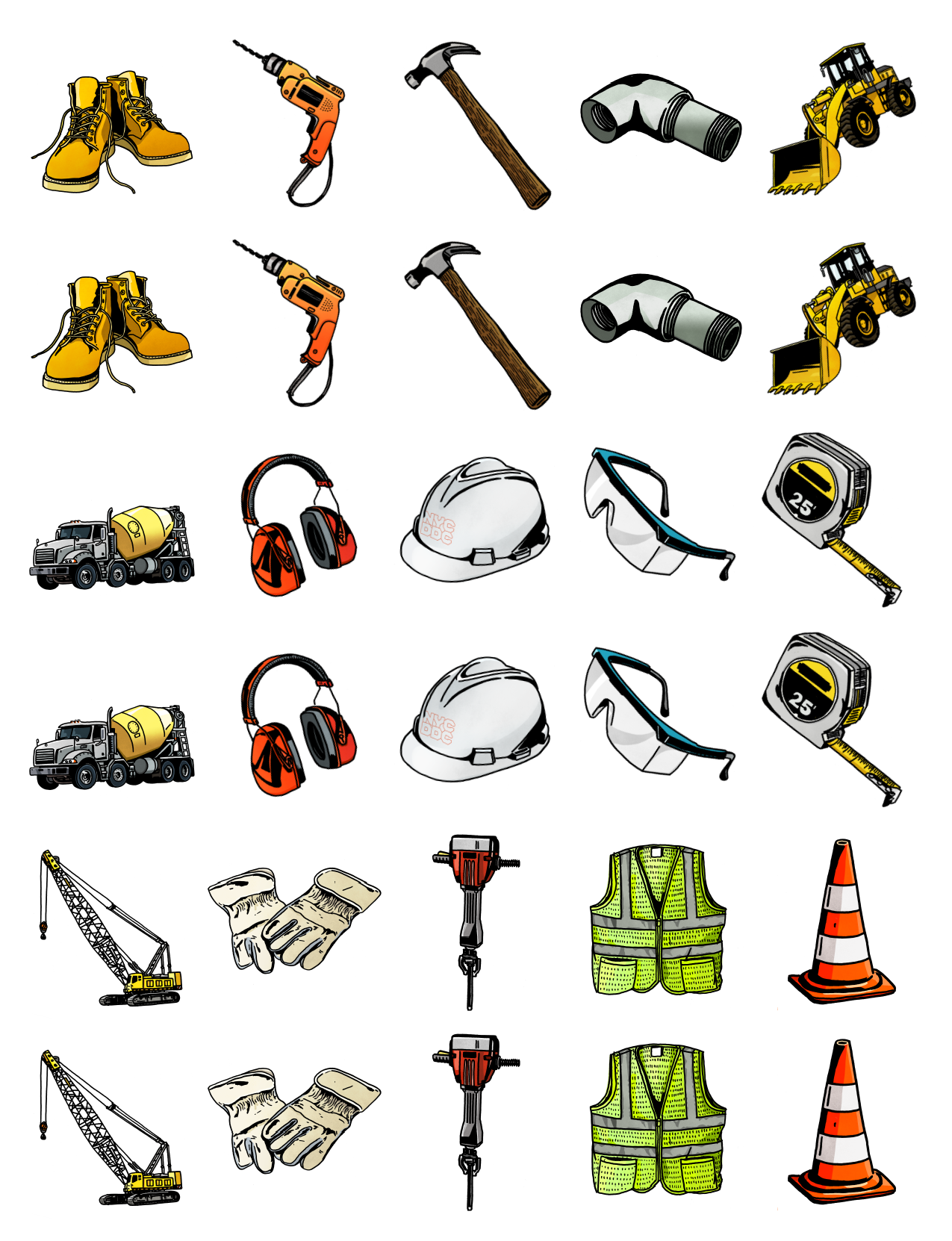
A game of picture matching with classic construction tools! This memory game is played by facing all pieces face down in a grid and then lifting up a pair at a time while trying to find a match. Fun to play, this game heightens focus and attention to detail while enhancing spatial memory.
2017 DDC Calendar
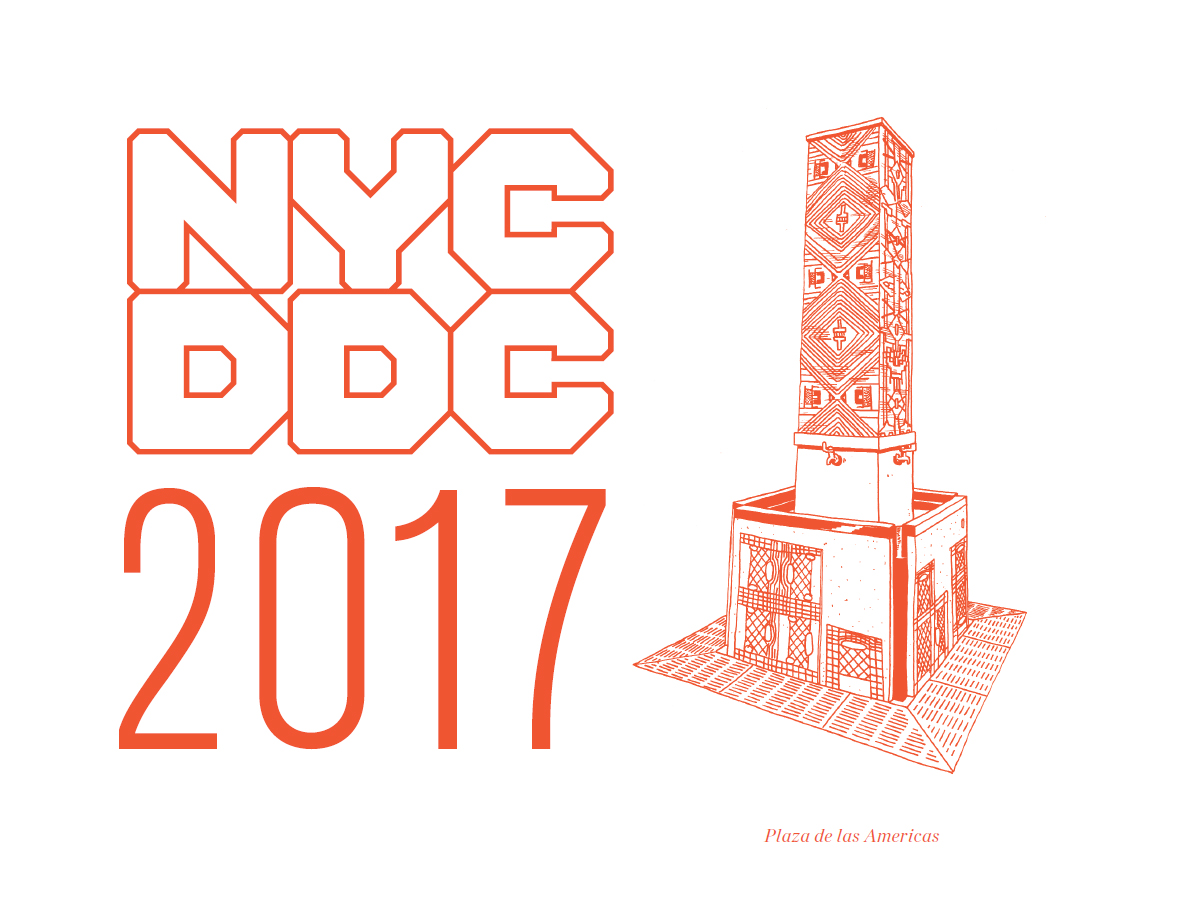
Over the last 20 years, we have we completed major civic projects in every borough across New York City. Each project addresses issues important for all New Yorkers: resiliency, health, sustainability, and equity. Download our calendar to see a few of our most interesting projects.
Step-by-Step: Installing a BMP
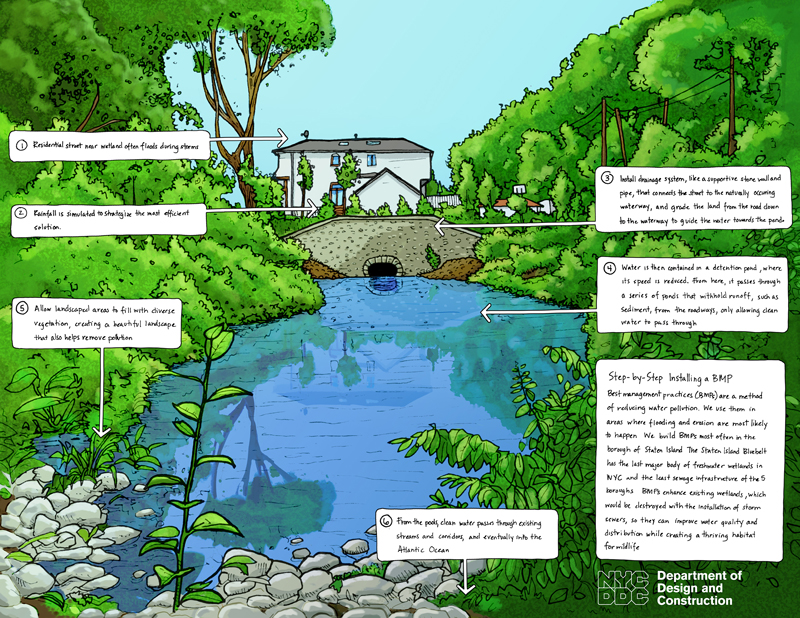
Best Management Practices (BMPs) are a method of reducing water pollution. We use them in areas where flooding and erosion are most likely to happen. We build BMPs most often in the borough of Staten Island. The Staten Island Bluebelt has the last major body of freshwater wetlands in New York City and the least sewage infrastructure of the five boroughs. BMPs enhance the existing wetlands, which would be destroyed with the installation of storm sewers, so they can improve water quality and distribution while creating a thriving habitat for wildlife.
Accessible Design: How to Build Libraries for All
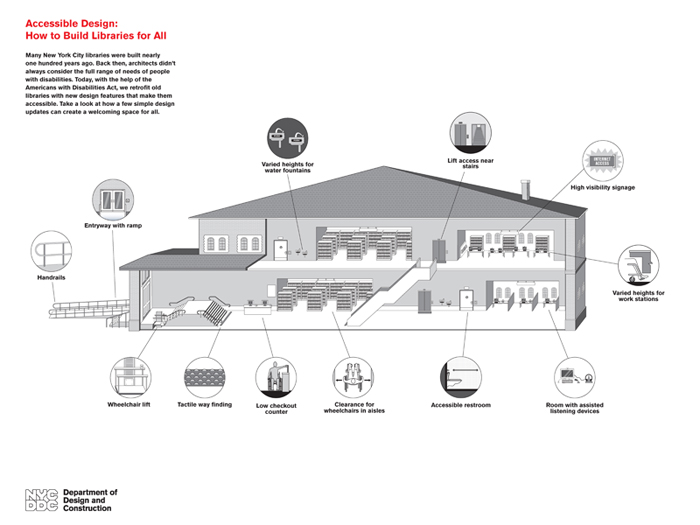
Many New York City libraries were built nearly one hundred years ago. Back then, architects didn’t always consider the full range of needs of people with disabilities. Today, with the help of the Americans with Disabilities Act, we retrofit old libraries with new design features that make them accessible. Take a look at how a few simple design updates can create a welcoming space for all.
Construction Site Safety: Spot the Unsafe Situation
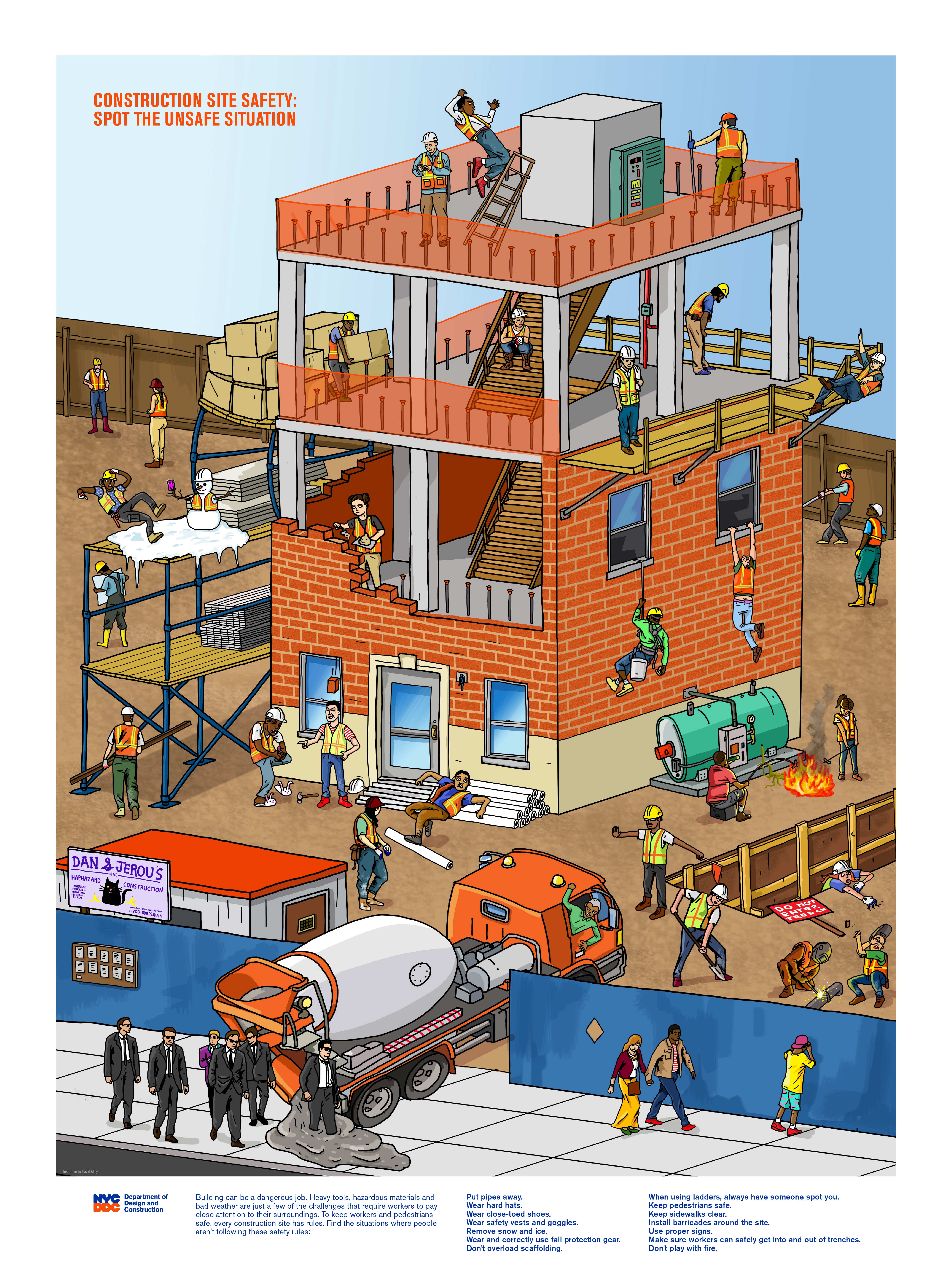
Building can be a dangerous job. Heavy tools, hazardous materials and bad weather are just a few of the challenges that require workers to pay close attention to their surroundings. To keep workers and pedestrians safe, every construction site has rules. In the image above, find the situations where people aren't following these safety rules:
- Put pipes away.
- Wear hard hats.
- Wear close-toed shoes.
- Wear safety vests and goggles.
- Remove snow and ice.
- Wear and correctly use fall protection gear.
- Don't overload scaffolding.
- When using ladders, always have someone spot you
- Keep pedestrians safe.
- Keep sidewalks clear.
- Install barricades around the site.
- Use proper signs.
- Make sure workers can safely get into and out of trenches.
- Don't play with fire.
I Love NY Water Connections
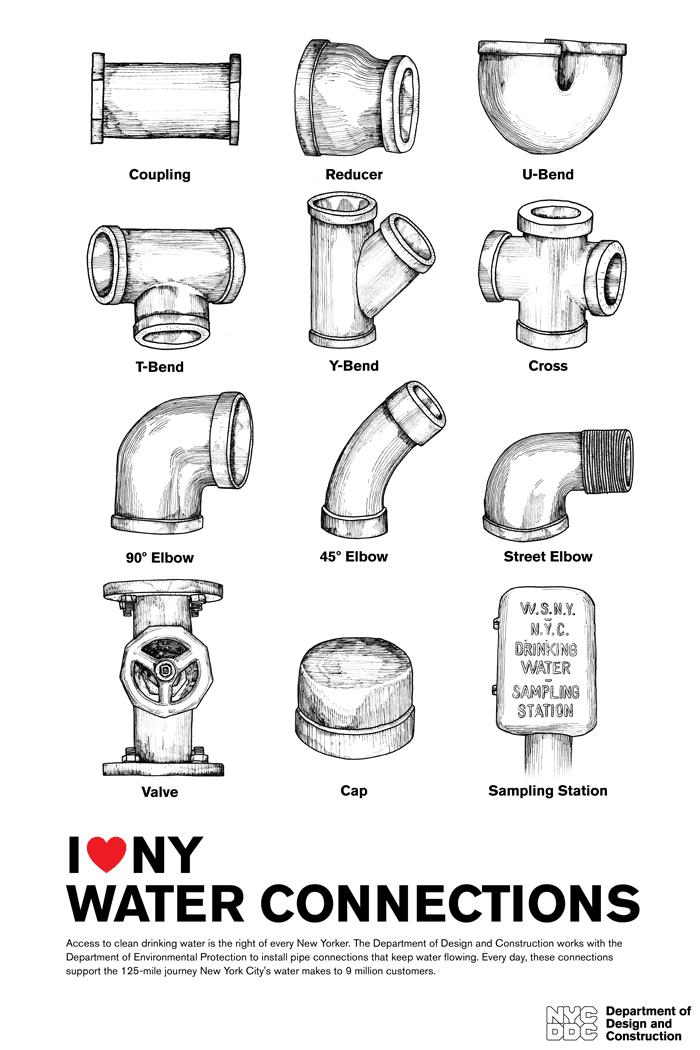
Access to clean drinking water is the right of every New Yorker. The Department of Design and Construction works with the Department of Environmental Protection to install pipe connections that keep water flowing. Every day, these connections support the 125-mile journey New York City's water makes to 9 million customers.
Sustainable New York: Protecting Our Coastal Habitats
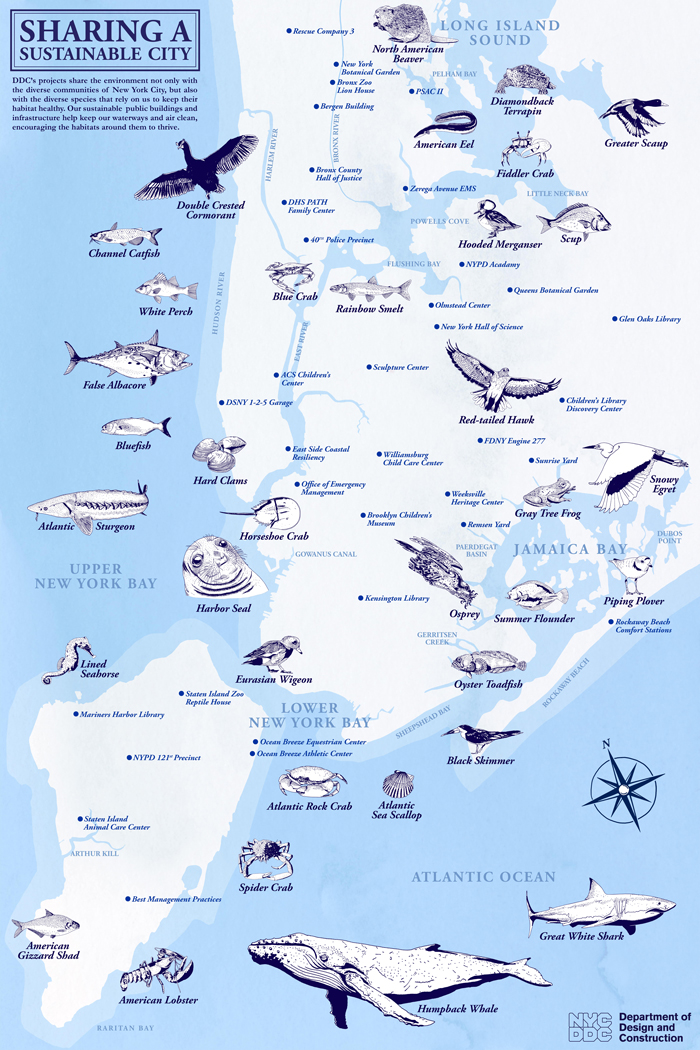
In cities, where there isn’t much grass or soil to soak in rain during storms, sewer systems are more likely to be overwhelmed. With nowhere else to go, sewage flows into natural water ways and harms natural habitats. At DDC, we’re implementing sustainable methods to reduce this overflow and keep our waterways and coastlines healthy. We use bioswales and green roofs, which catch and redirect rainwater before it enters the sewer system.
The map above illustrates some of our projects which use water recycling systems as a sustainable design strategy. For example, the Queens Botanical Garden redirects rainwater for landscape irrigation and indoor plumbing. The EMS station at Zerega Avenue uses a green roof to redirect water and to create community connections.
We’ve also included projects that incorporate other sustainable design strategies. These projects include the Glen Oaks branch of the Queens Library, the DHS Family Center, and the Weeksville Heritage Center. They use sustainable strategies that take advantage of solar and geothermal energy to reduce their reliance on the City’s electrical grid.
Taken as a whole, the work we do creates projects that will help keep our air, water, and coastlines healthy so that our population and the natural habitats that surround us will thrive.

